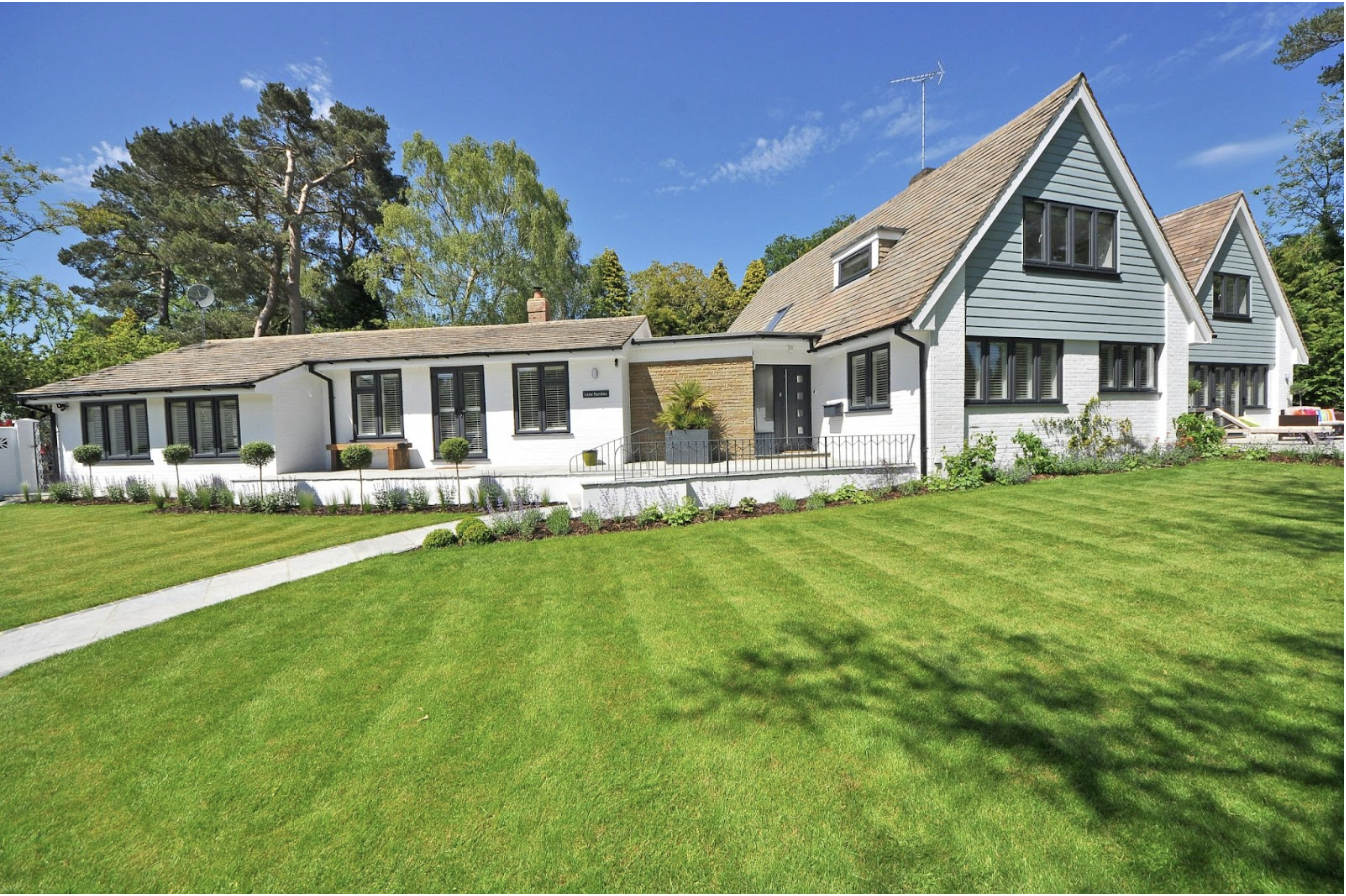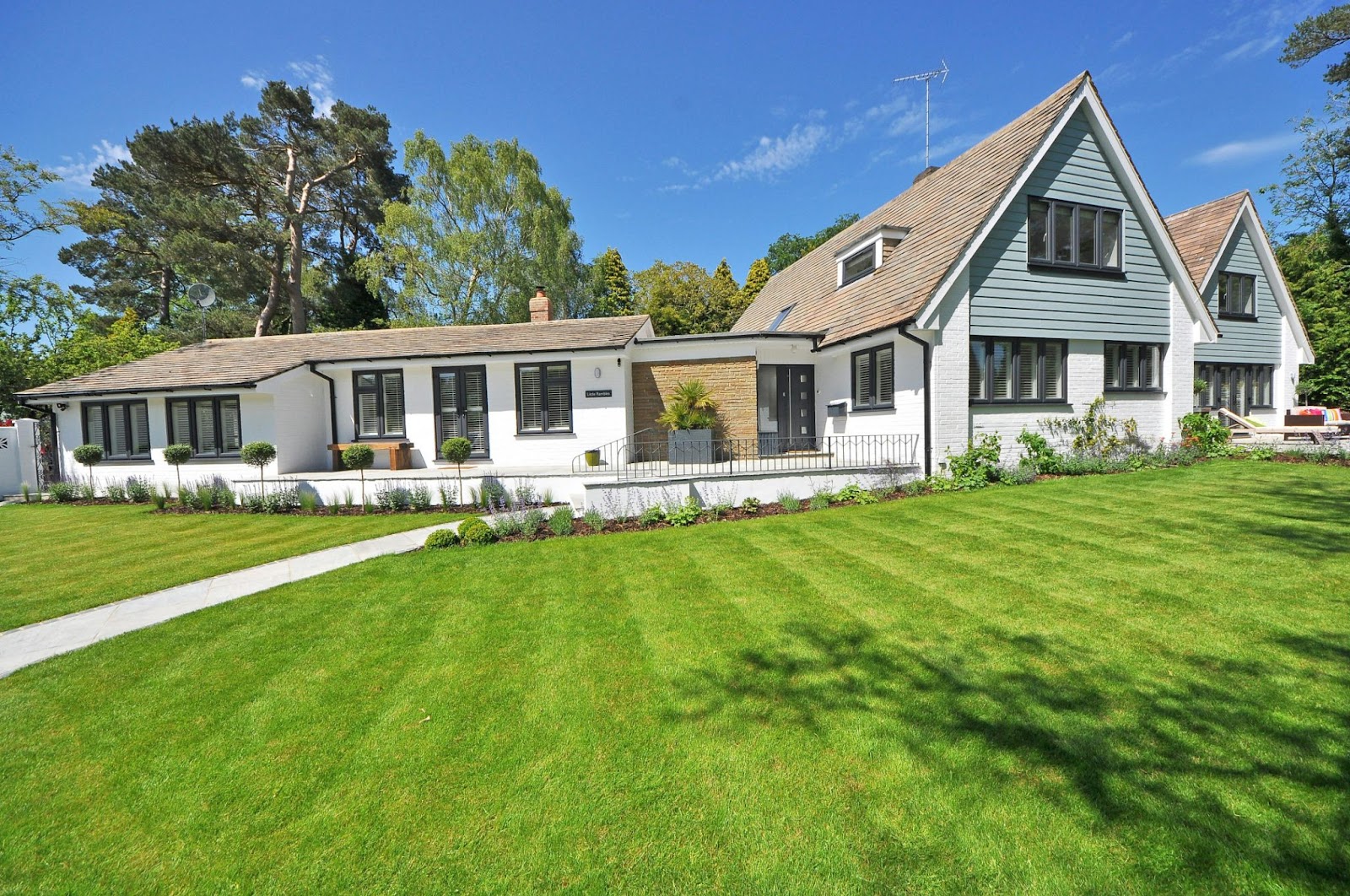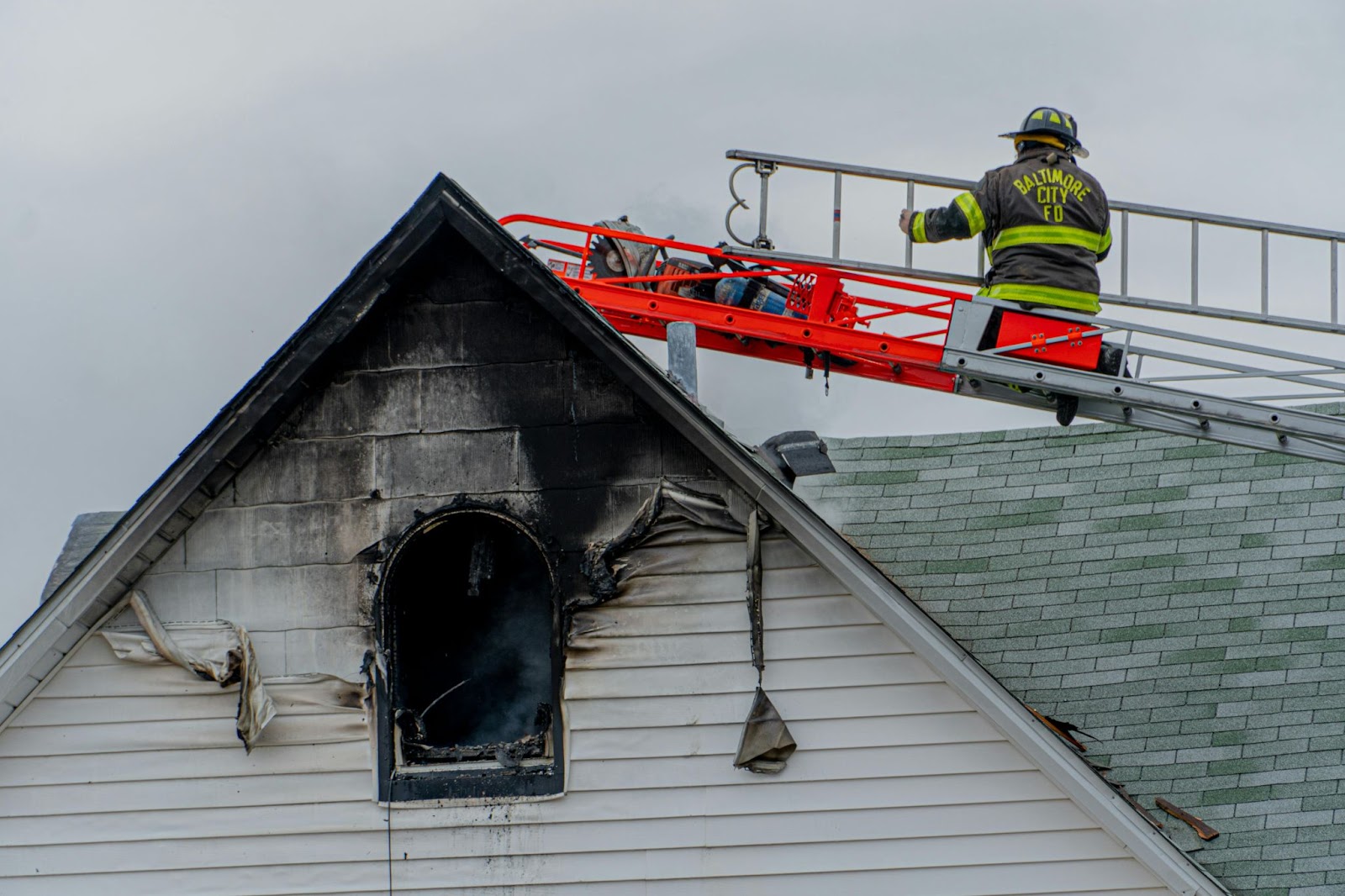ADU Knowledge
August 13, 2025
What Should You Know About Fire Code Compliance in California ADU Home Plans?


.png)
Schedule a free appointment with one of our ADU experts.
Get ADU QuoteOr call: (323) 591-3717
Fire code compliance is a crucial step when planning an Accessory Dwelling Unit (ADU) in California. It ensures the safety of occupants, helps secure faster permit approval, and maintains property value. The main requirements focus on fire separation, fire-rated materials, smoke and carbon monoxide alarms, proper egress, and emergency access for firefighters. Understanding these rules early prevents costly redesigns and delays.
GatherADU provides ADU plans that already meet California’s fire code standards, saving homeowners time and effort. In direct terms: yes, you must follow California Residential Code (CRC) and California Fire Code (CFC) for your ADU. This includes ensuring proper distances between buildings, using fire-resistant materials where needed, installing required alarms, and meeting local fire department access requirements.

California state law generally does not require sprinklers in a detached ADU if the main home doesn’t have them. However, there are situations where sprinklers become mandatory:
Always confirm sprinkler requirements with your local fire department before finalizing your design. This prevents permit rejections and unexpected construction costs.
Fire separation is a critical aspect of ADU fire code compliance. It’s about ensuring there’s a safe distance between your ADU and nearby structures, or using fire-rated construction if the distance is too short.
Key points to follow:
Check your ADU’s exact placement on your lot before building it determines whether you’ll need special fire-rated materials.
If your property is in a Wildland-Urban Interface (WUI) zone, California law requires specific fire-resistant features:
These upgrades reduce wildfire risk and improve safety.
In WUI areas, your ADU must meet these material requirements skipping them could lead to permit denial.
Every California ADU must have:
Install alarms before your final inspection; it's a common cause of permit delays if missing.
Firefighters need clear, unobstructed access to your ADU in an emergency. Requirements include:
Always include accessible pathways and visible addresses in your ADU design; this is both a safety and code requirement.
While California law sets the baseline, local cities and counties can impose stricter fire safety standards. This is especially true in:
Even if your ADU meets state fire codes, you must also satisfy local jurisdiction rules. Contact your city’s building and fire departments before submitting plans.
Before you submit your ADU plans for approval, confirm you’ve addressed:
Following this checklist will speed up your ADU’s permitting process and reduce the risk of costly redesigns.

Navigating California’s fire code for ADUs can feel overwhelming. From figuring out fire-rated wall requirements to meeting WUI zone material rules, one mistake can cause costly permit delays or force you to redo parts of your project. Many homeowners underestimate the complexity of local variations, only to find themselves stuck in a back-and-forth with building departments.
GatherADU eliminates that stress by delivering ADU plans that already meet California’s fire safety standards state and local. Our designs integrate required fire separation, alarms, and material selections so you can move forward with confidence. Start your ADU project today with plans that are permit-ready, code-compliant, and built for safety.
FAQS
Not always. Detached ADUs typically don’t need sprinklers if the main home doesn’t have them. However, local fire departments may require them in Very High Fire Hazard Severity Zones (VHFHSZ) or for larger, complex layouts. Always confirm with your local authority before finalizing your ADU design to avoid costly changes.
If your ADU is less than 3 feet from another structure, both need 1-hour fire-rated walls. If 3 feet or more apart, standard exterior construction is often acceptable. Exact requirements can vary by city or county, so always check local fire code rules before building.
Fire-resistant materials are only mandatory if your property is in a Wildland-Urban Interface (WUI) or Very High Fire Hazard Severity Zone. In these areas, you must use Class A roofing, ignition-resistant siding, tempered glass windows, and enclosed eaves. These features help protect your ADU against wildfire risks.
Smoke alarms must be in every bedroom and outside sleeping areas. Carbon monoxide alarms are required in hallways if the ADU has gas appliances or an attached garage. All alarms must be interconnected so they activate together. Install them before your final inspection to pass permitting.
Yes. While California sets baseline ADU fire safety standards, local jurisdictions can add stricter rules based on geography, wildfire risk, and access limitations. This means even a state-compliant design might fail locally. Always consult your city’s building and fire departments early in the design phase to ensure compliance.
.png)
Not sure where to start with your ADU project?